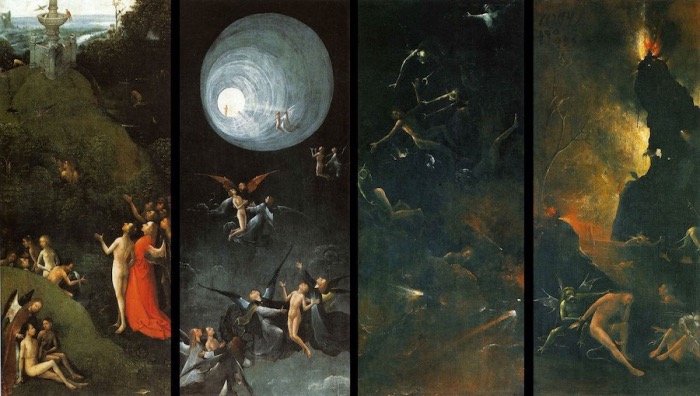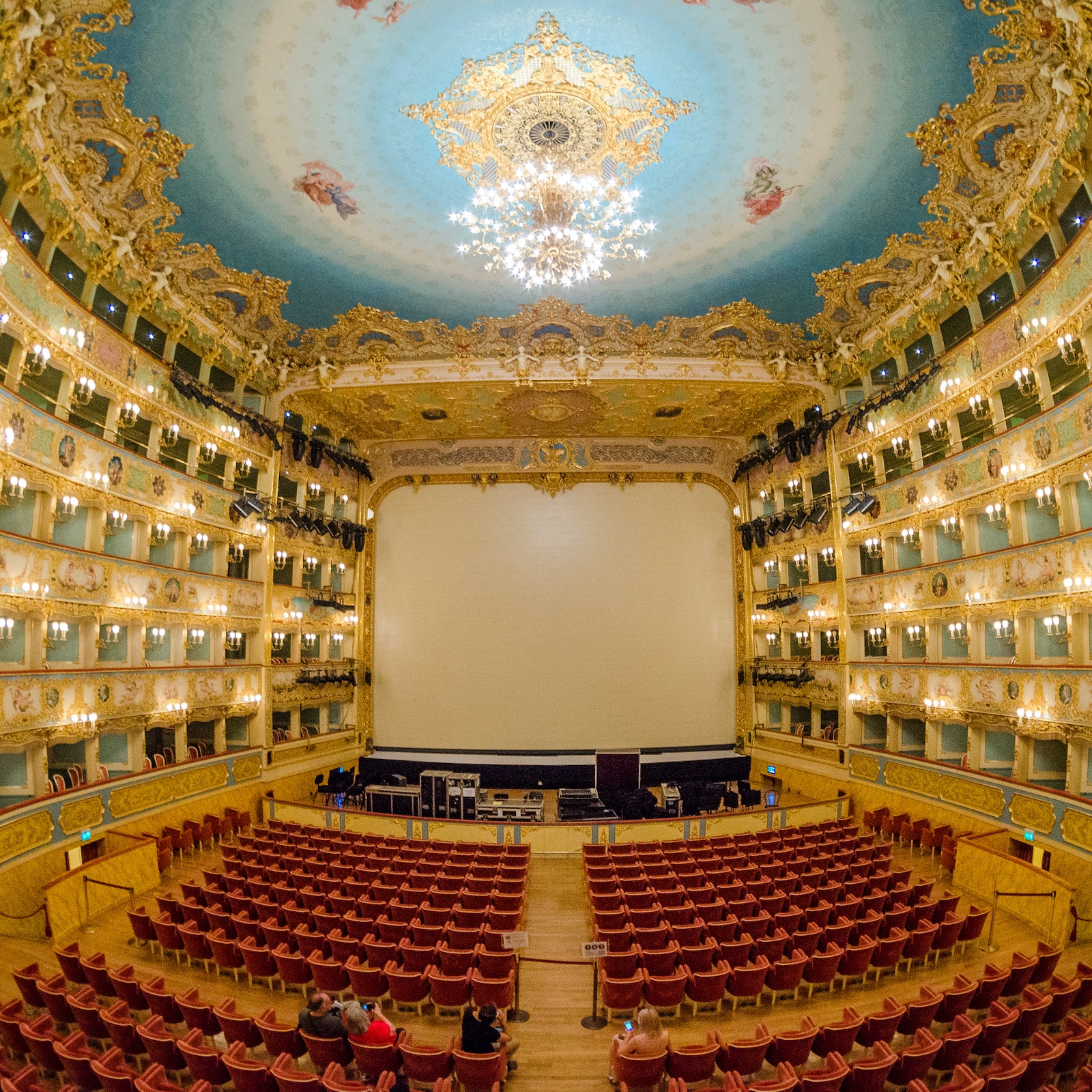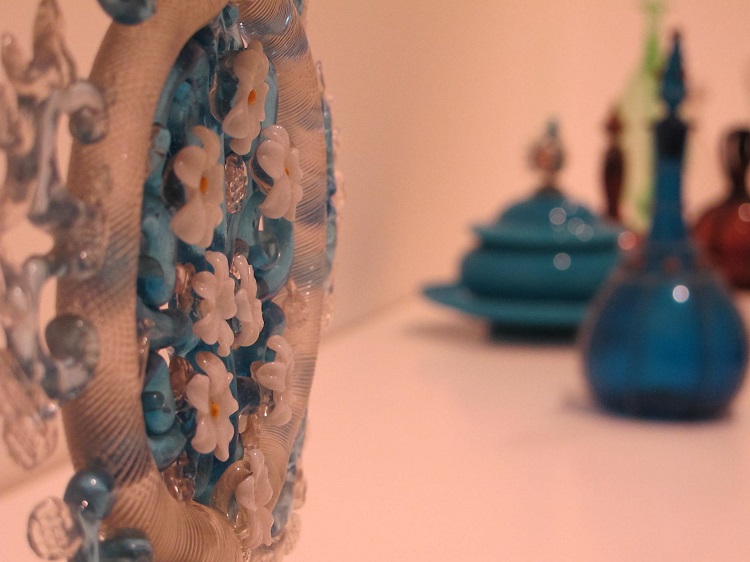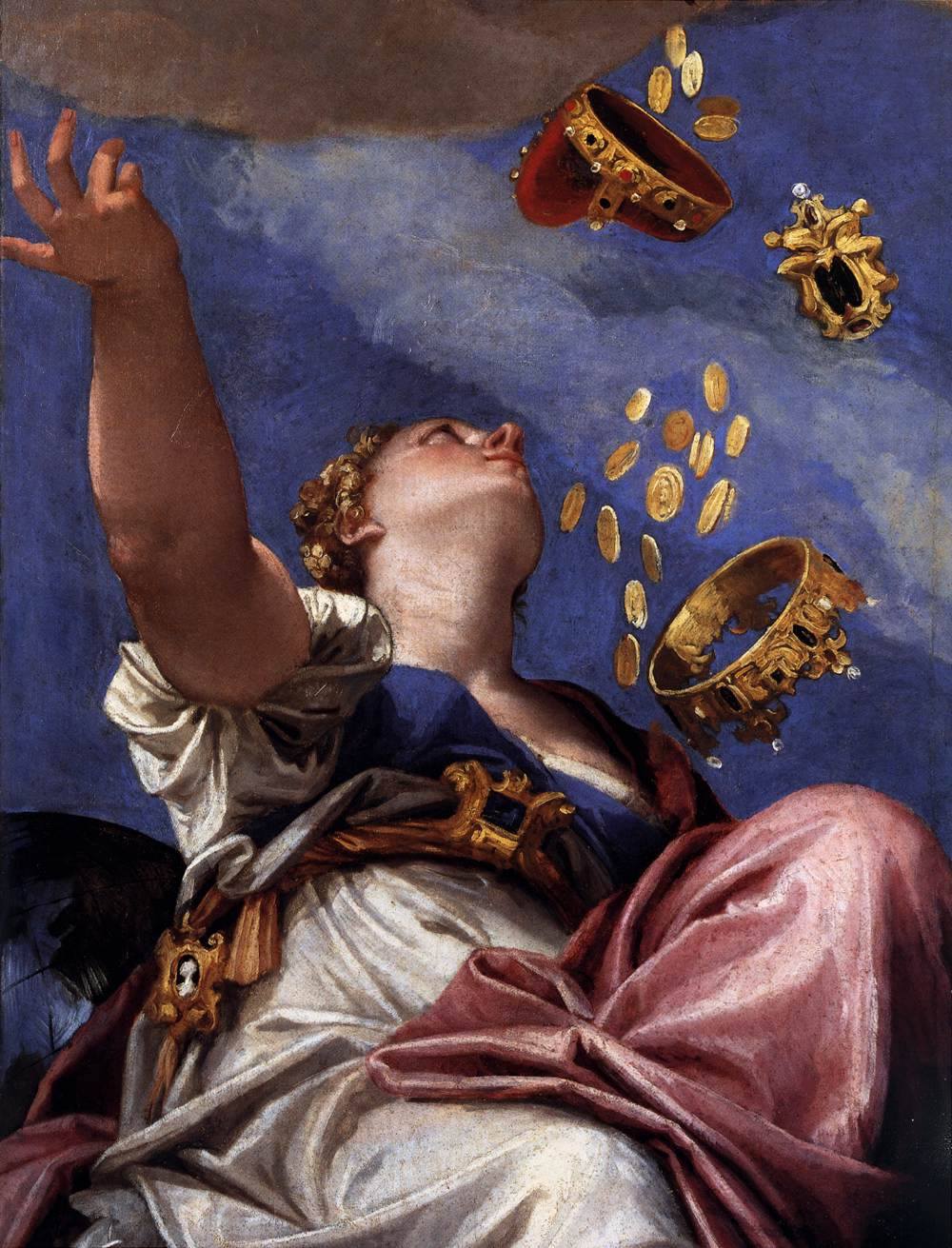
Bosch’s fascinating and mysterious Quattro Sportelli with a Vision of the Afterlife is surprisingly kept in the heart of Venice, at the Doge’s Palace. But why is a masterpiece by the famous Dutch painter Hieronymus Bosch located in Venice, in a city known mainly for the works of Titian, for contemporary art museums such as the Peggy Guggenheim Collection and for the magic and history of the lagoon?
To understand the reason for this unusual location, it is necessary to go back in time and consider the historical context of the time. n this post I will try to answer all these questions and explain the importance of this work to be seen in Venice.




